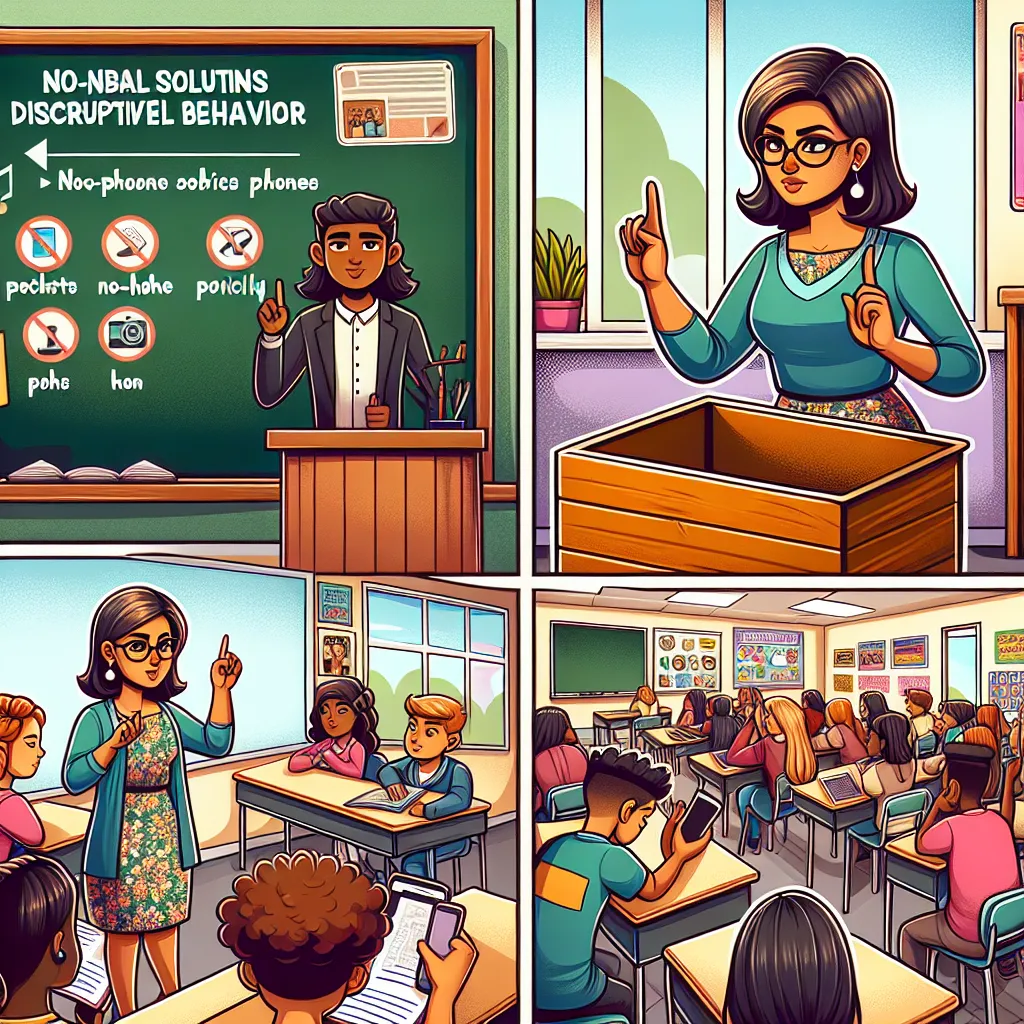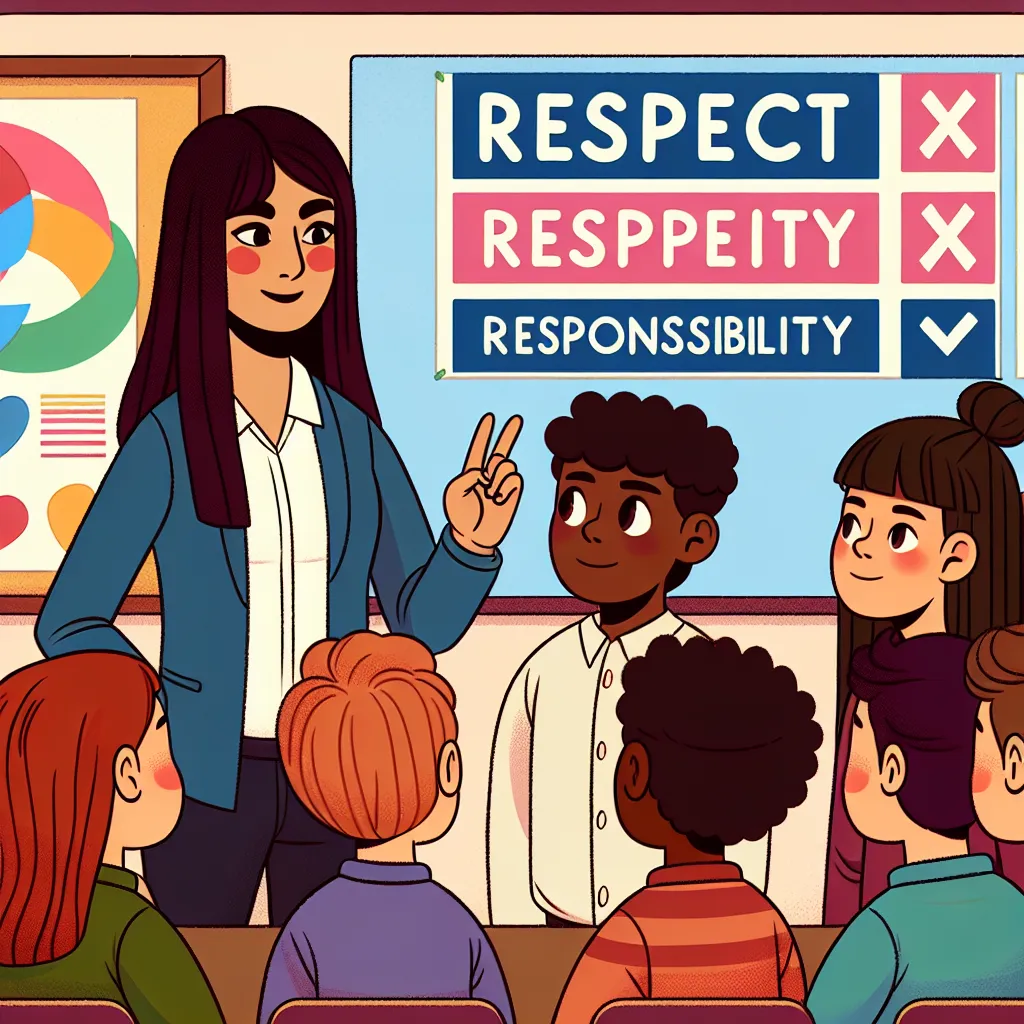Ask AI on The Internet
Question: 2.How should a teacher manage learners who talk during the lecture? A. Pause the lesson and wait until the class is quiet before continuing. B. Leave the class if learners are continuously disruptive. C. Set clear expectations at the start of the class about when talking is allowed. D. Other: Please specify ___________________________
Managing learners who talk during a lecture can be challenging, but there are effective strategies to address this behavior. Among the options you've provided: A. **Pause the lesson and wait until the class is quiet before continuing:** This can be effective as it signals to the students that their behavior is disruptive and that the lesson will not proceed until they stop talking. However, overuse of this technique can lead to loss of valuable instruction time and might not always work in larger or particularly unruly classes. B. **Leave the class if learners are continuously disruptive:** This is generally not recommended, as it can escalate the situation and result in more chaos. It also might not effectively address the underlying issues causing the disruptive behavior. C. **Set clear expectations at the start of the class about when talking is allowed:** This is very effective. Establishing rules and routines at the beginning of the class or term helps students understand when it is appropriate to talk and when it is necessary to listen. Consistently reinforcing these expectations can help manage behavior more effectively. D. **Other: Please specify ___________________________:** Some additional strategies include: 1. **Engage Students Actively:** Design activities that require student participation and interaction in a controlled manner. This can reduce off-topic talking by keeping students engaged with the lesson. 2. **Proactive Classroom Management:** Keep an active presence in the classroom, using proximity to manage behavior. Moving closer to disruptive students or making eye contact can quietly signal them to stop talking. 3. **Positive Reinforcement:** Acknowledge and reward good behavior. Complimenting students who are paying attention or contributing positively can encourage others to follow suit. 4. **Implement Consequences:** Have a system of consequences for continued disruptive behavior, such as moving seats, contacting parents, or other appropriate measures. 5. **Create an Inclusive Classroom Environment:** Ensure that the lesson is accessible and engaging for all students. Sometimes students talk because they are bored or do not understand the material, so varying teaching methods can help. Overall, combining several of these strategies tailored to your specific classroom dynamics can create a more conducive learning environment.
Think your answer is better than the AI's? Post it below.
Other Most Relevant Posts:
Question Tags
If you want your question answered by an AI, click here.







Post your own comment: